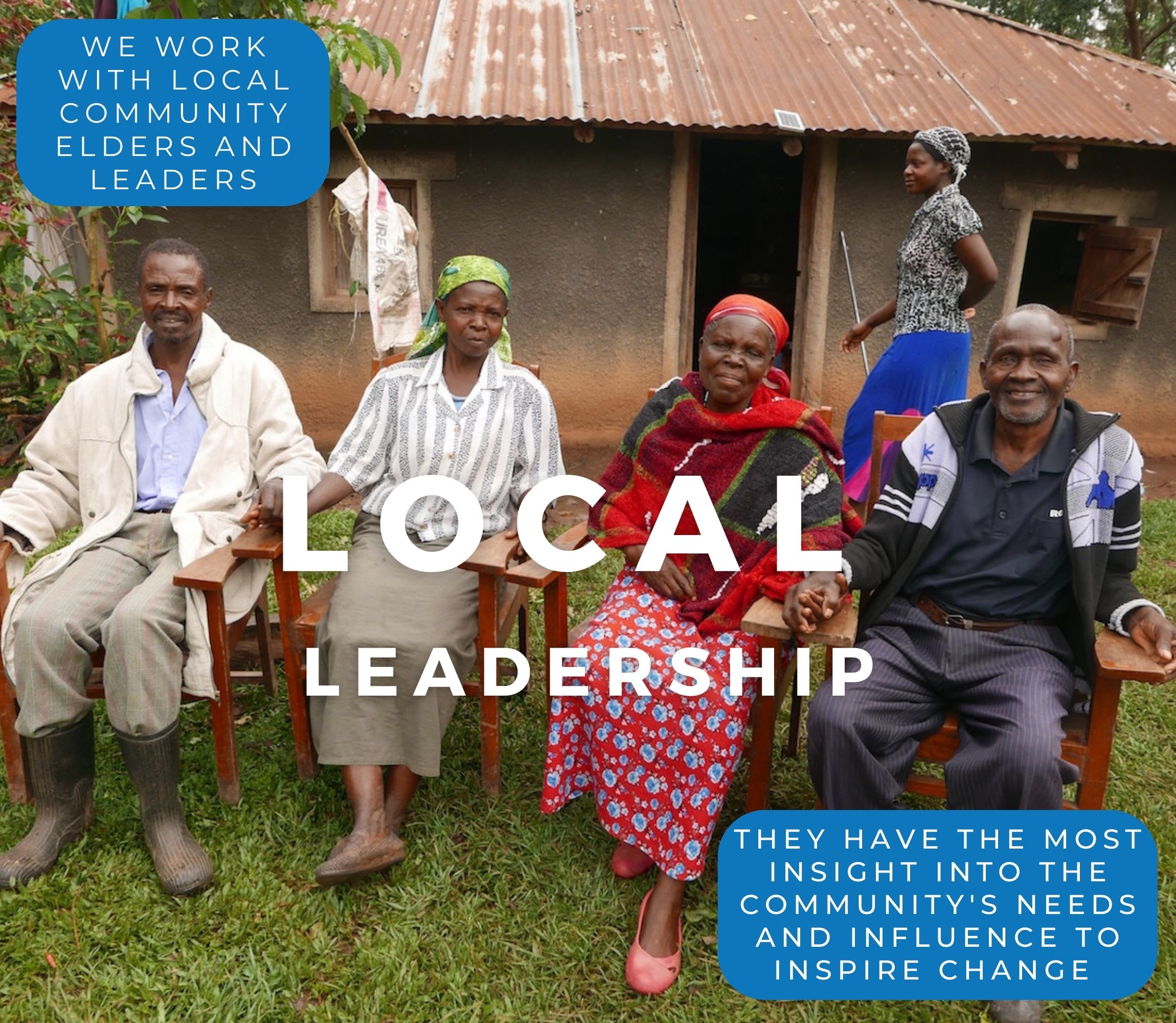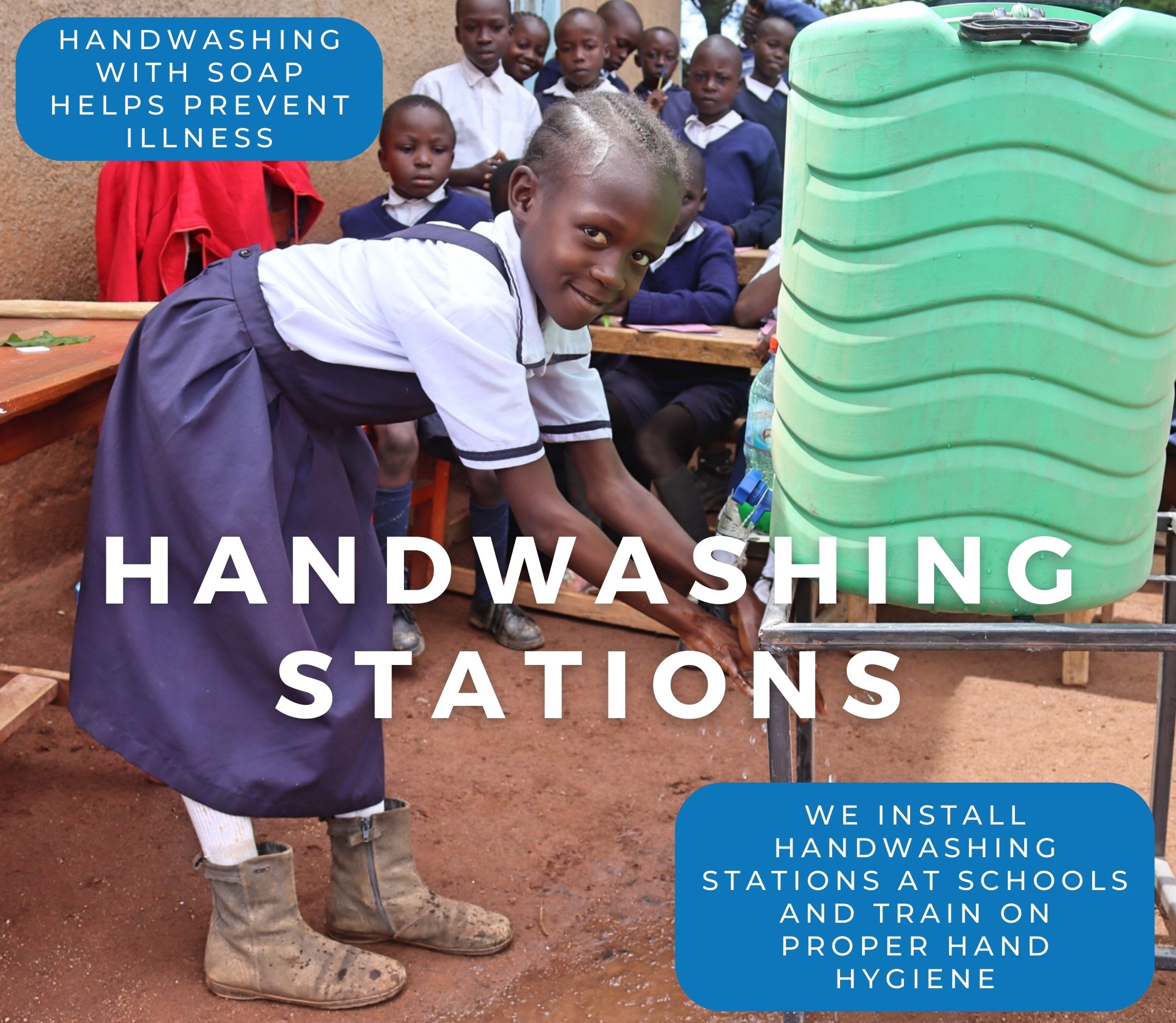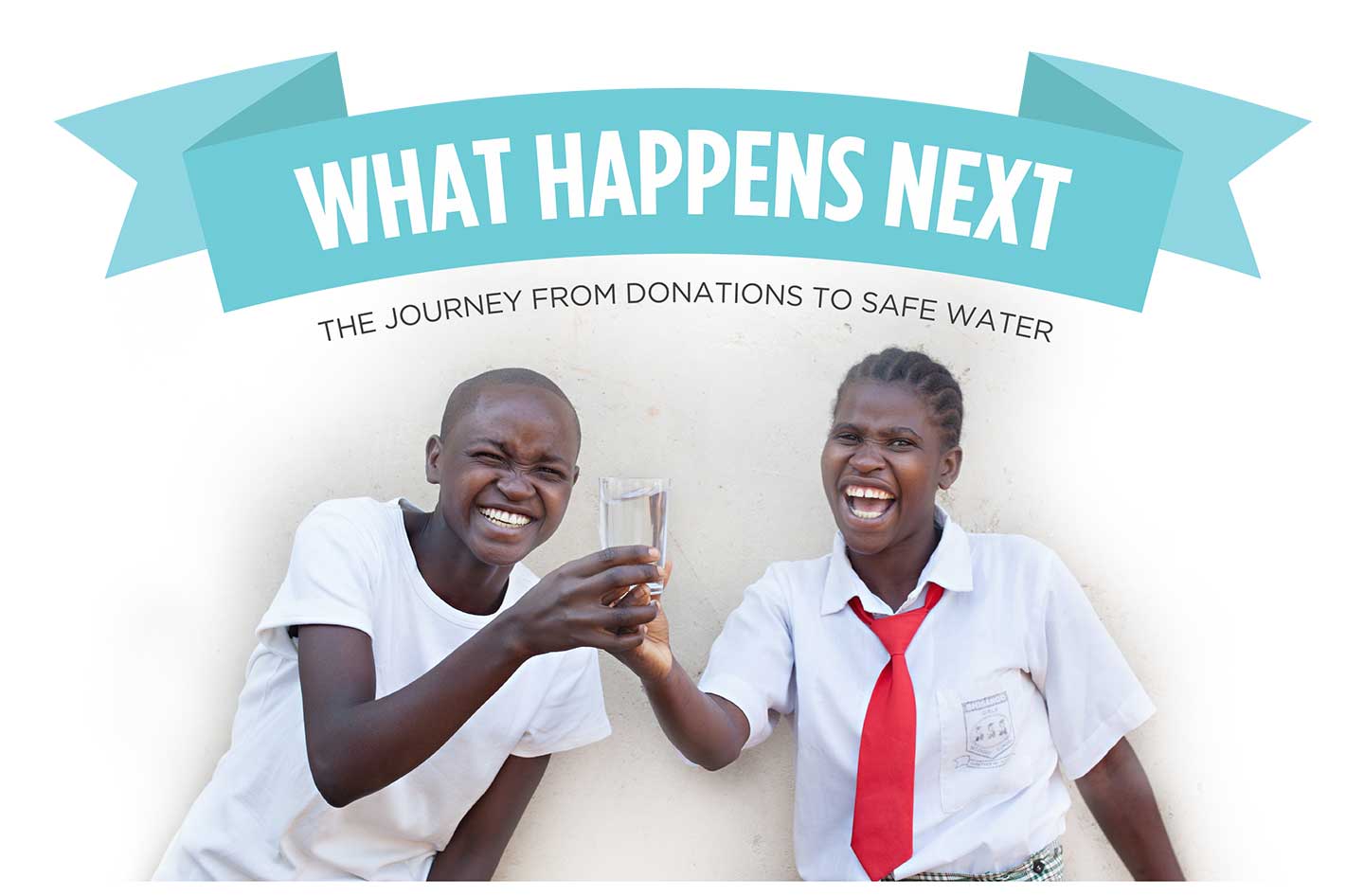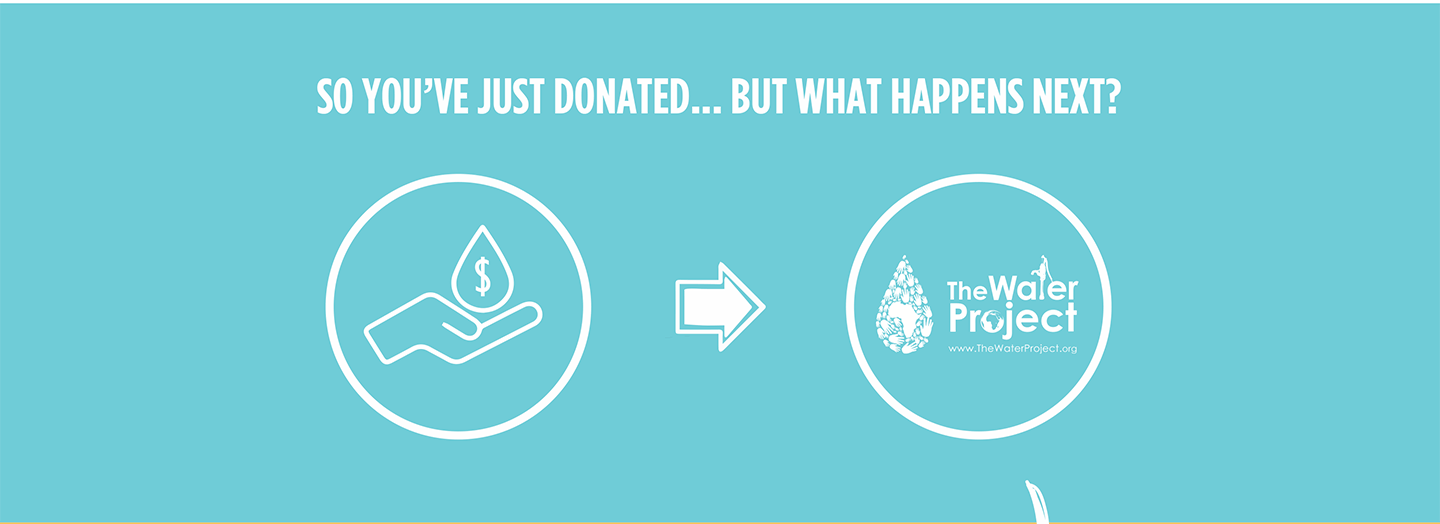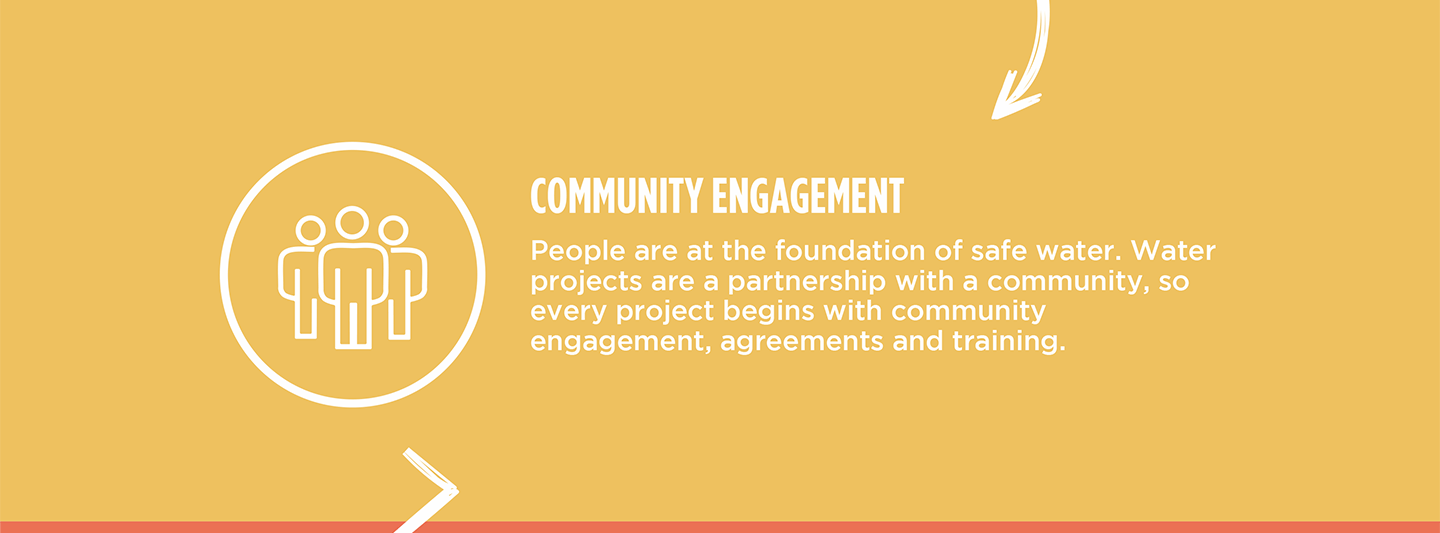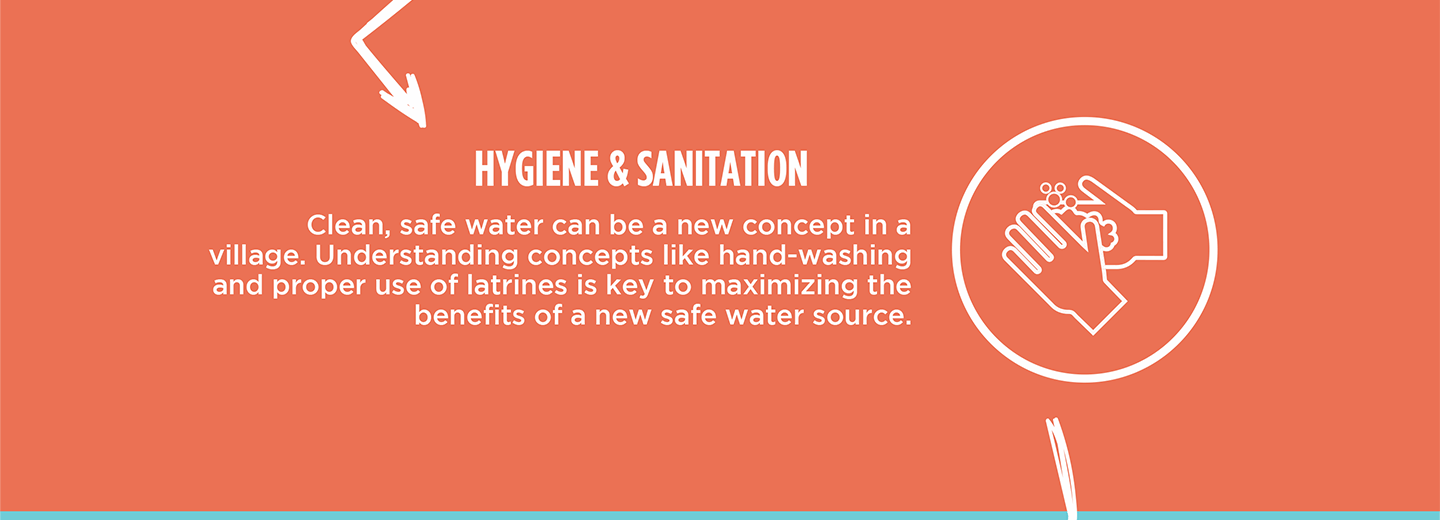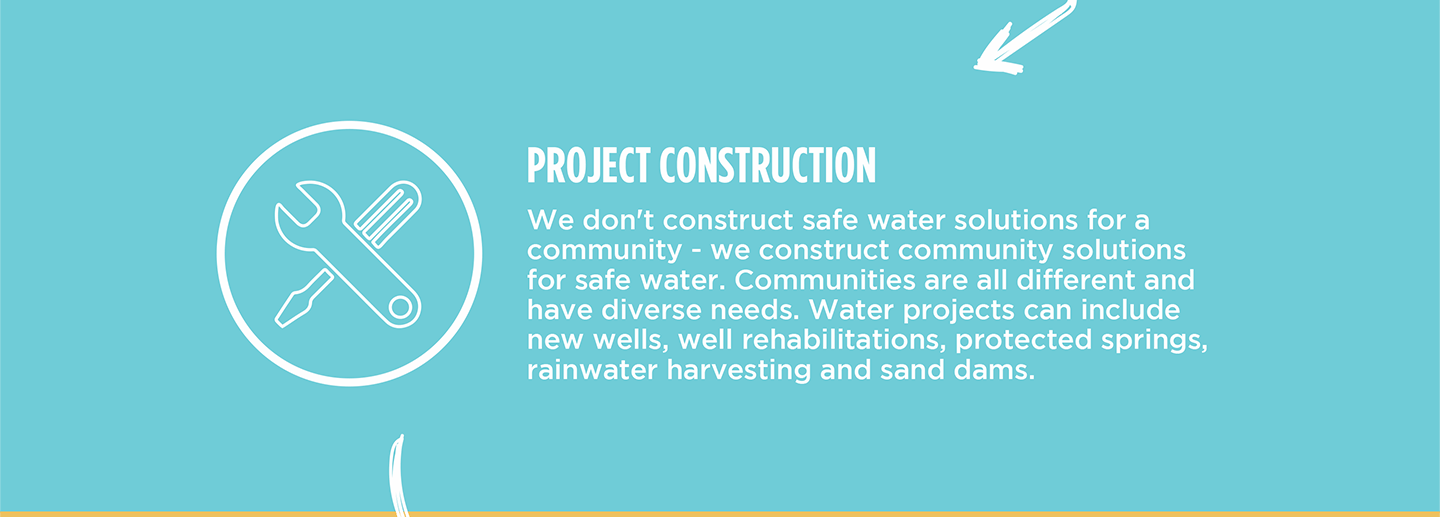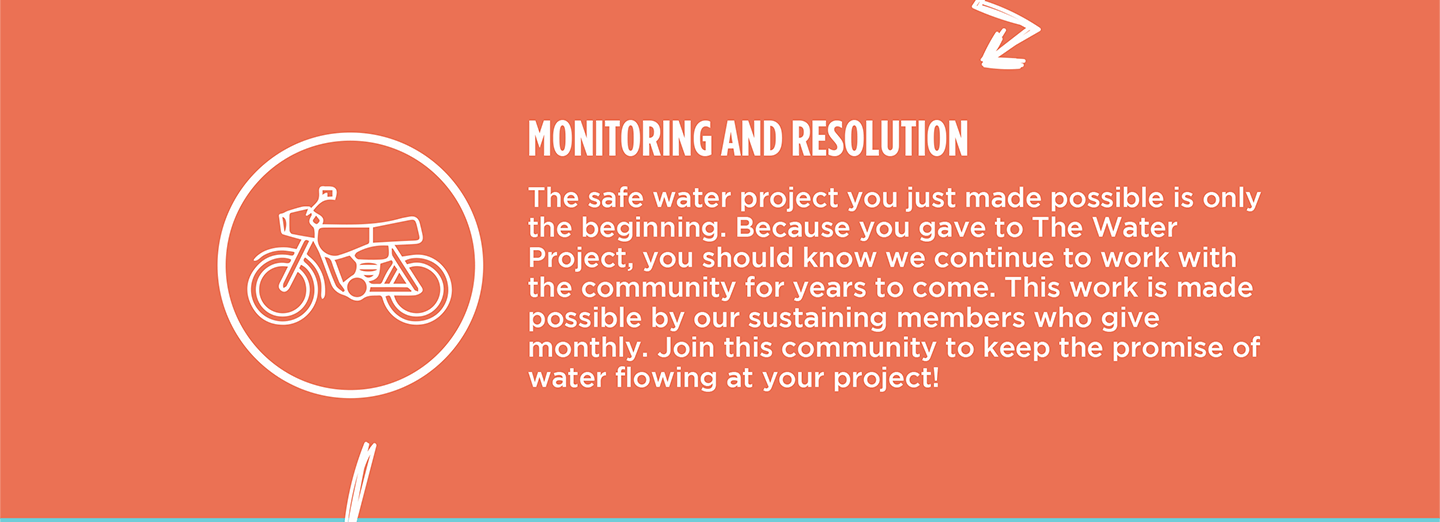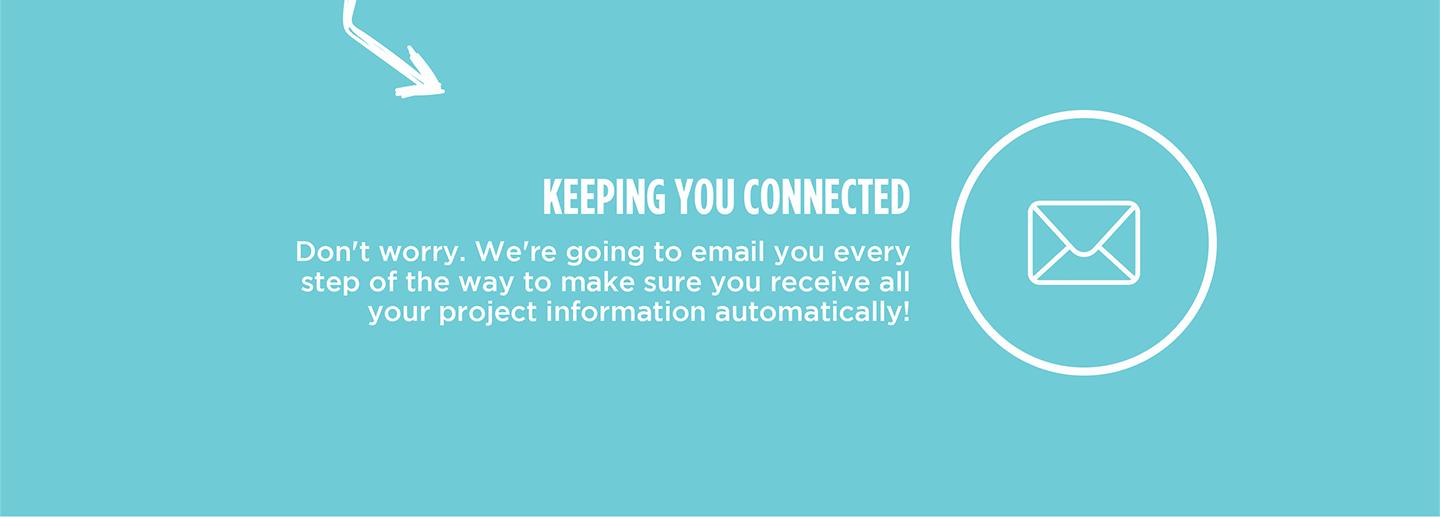The 185 students and staff of Kanyoeni Primary School have several different water sources, but they each present serious challenges, and none are reliable, causing a water crisis every day.
There are a couple of small plastic tanks filled with water the students bring to school and rainwater that can be collected, but they can't hold enough to meet the school's demands. When the tanks run dry, the only other option is water collected and delivered to the school by water vendors, but it costs the school money it can't afford to sacrifice.
"The current water sources do not offer enough water for the entire school population. The 15,000-liter rainwater tanks are quickly depleted because they serve a large population and have a small water-holding capacity. They are also prone to leakage caused by the scorching sun because of their plastic construction," said our field officer Alex Koech.

Alex continued describing the other water sources, "The water vendors are costly and arrive late, thus leading to delays in meal preparation. They acquire water from scoop holes in distant seasonal rivers or boreholes in Kanyoeni Village."
"The students have to carry water to school every morning as requested by the school administration. Students have to walk more than 2 kilometers (1.2 miles) carrying water to school using 5-10 liter jerricans. However, most students are late or absent because there is no water at home. They also get exhausted and [are] unable to focus fully on academic excellence," said Alex.

"I have had to walk 4-5 kilometers (2-3 miles) to school. We bring water to school, which is difficult and exhausting because of the long journey. Concentrating in class is difficult because I get tired from the long journey while carrying my school bag and 5-liter jerrycan," said 13-year-old Mawia N. (seen above).
Unfortunately, finding sufficient water is not the only issue because the collected water is often contaminated. Since the sources are all mixed into the same holding tanks, there is no way to decipher what is safe to drink.
"We also get sick from stomach aches. For instance, yesterday, I was sick and had to go [to[ Ngungani Dispensary, which is far away. My parents did not have money for the medical bill and had to borrow funds from our neighbor," Mawia said.
"According to Mr. Mutemi, the school headteacher, students are often sent home due to stomach aches or diarrhea that are diagnosed as typhoid, amoeba, and dysentery," said Alex.

Forty-eight-year-old headteacher Mwendwa Mutemi seen above teaching, shared, "The acute water shortage means we cannot prepare meals for teachers. The water brought by students and [the] water vendor is also salty and often contaminated because it is acquired from scoop holes. We have to purchase water from Thua or Ngungani centers which are located far away (more than 15 kms); thus, the vendor often arrives late. The saline water has also caused teeth discoloration in most of the students."

Installing the much more significant, 104000-liter rain tank and extensive gutters will enable the school to collect enough water to meet the needs of students like Mawia and teachers like Mr. Mutemi so everyone can refocus on learning and making the future brighter.
Water at schools is unique, which is why we need unique solutions.
The Proposed Solution, Determined Together...
At The Water Project, everyone has a part in conversations and solutions. We operate in transparency, believing it benefits everyone. We expect reliability from one another as well as our water solutions. Everyone involved makes this possible through hard work and dedication.
In a joint discovery process, community members determine their most advantageous water solution alongside our technical experts. Read more specifics about this solution on the What We're Building tab of this project page. Then, community members lend their support by collecting needed construction materials (sometimes for months ahead of time!), providing labor alongside our artisans, sheltering and feeding the builders, and supplying additional resources.
Water Access for Everyone
This water project is one piece in a large puzzle. In Kenya, Sierra Leone, and Uganda, we're working toward complete coverage of reliable, maintained water sources that guarantee public access now and in the future within a 30-minute round trip for each community, household, school, and health center. One day, we hope to report that this has been achieved!
Training on Health, Hygiene & More
With the community's input, we've identified topics where training will increase positive health outcomes at personal, household, and community levels. We'll coordinate with them to find the best training date. Some examples of what we train communities on are:
- Improved hygiene, health, and sanitation habits
- Safe water handling, storage & treatment
- Disease prevention and proper handwashing
- Income-generation
- Community leadership, governance, & election of a water committee
- Operation and maintenance of the water point
Handwashing Stations
Alongside each water source in Southeast Kenya schools, we also provide three new handwashing stations fitted with three taps each, allowing nine students to wash their hands at once. These will allow everyone at the school to wash their hands without running water. Handwashing is so important to help prevent future water-related illnesses in the school community.
The student health club will maintain the stations, fill them with water, and supply them with soap (which we will teach the school community how to make during the training!).
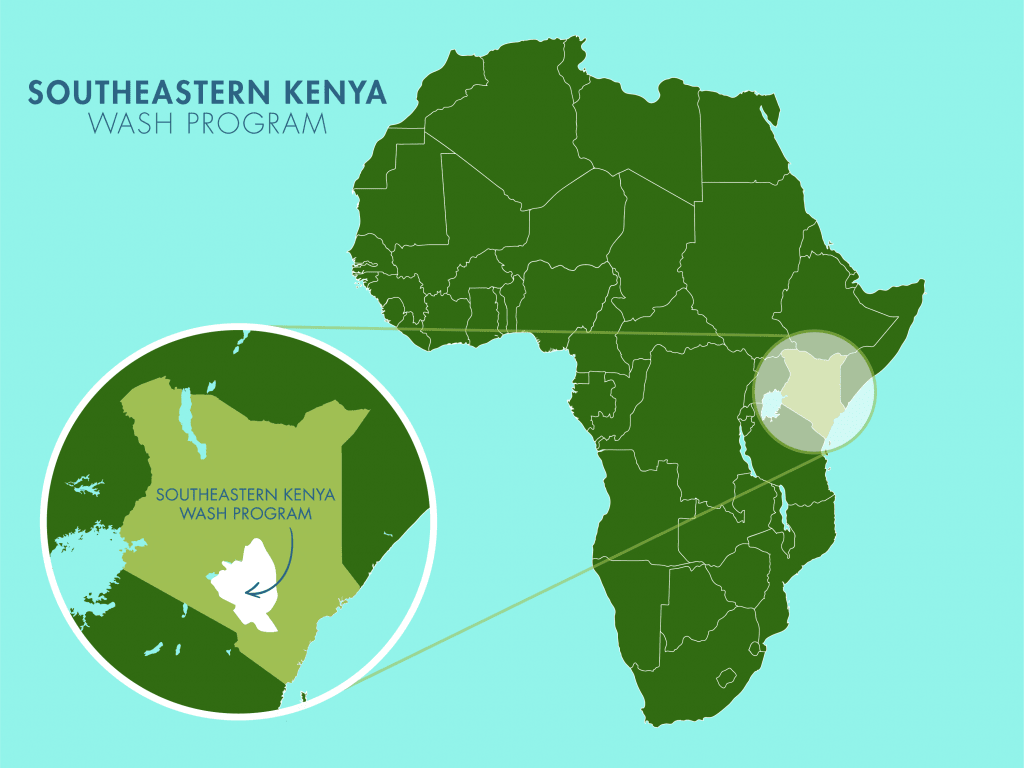
 Rainwater Catchment
Rainwater Catchment
 Rehabilitation Project
Rehabilitation Project

